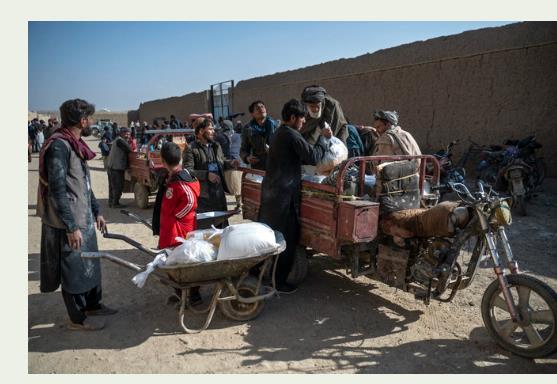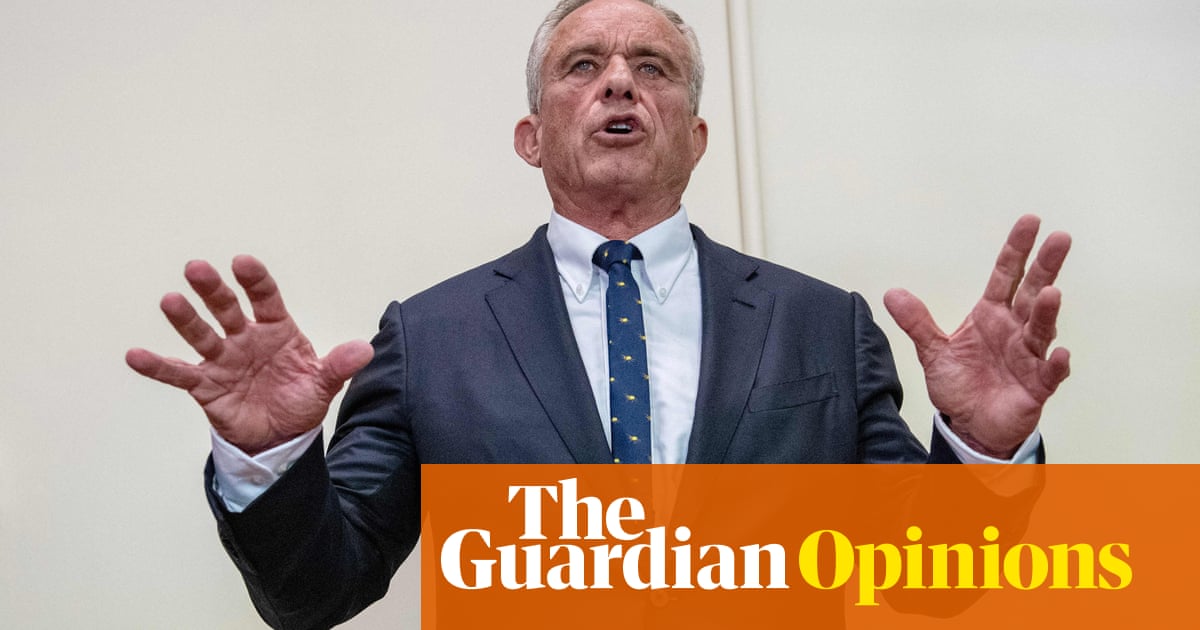
One of the US founding fathers, Thomas Jefferson, while serving as a diplomat in Paris, observed that “a little rebellion now and then is a good thing, and as necessary in the political world as storms in the physical.” Those were revolutionary times on both sides of the Atlantic, only two years before the French took to the streets and deposed Louis XVI, and as the US embarked on constitutionalizing and institutionalizing its own revolution of a decade before.
Revolutions break out when societies are aggravated beyond what they can tolerate, and their expectations are not met by their governments, but they all require a trigger that sends people to the streets. Such conditions nowadays are plentiful, and so are the triggers.
For Jefferson, people rebel when their governments rule as “wolves over sheep.” This year in many parts of the world, including Asia, Europe, Africa, Latin America and the Middle East, the “sheep” have taken the “wolves” to task, expressing forcefully through mass protests both their anger and their desire for immediate and profound change. Much reporting of this civil unrest emphasizes the often eye-catching triggers rather than the underlying causes that have been a long time brewing; revolutionary conditions are like a barrel of explosives one match away from exploding.
In Hong Kong it was proposed legislation that would have allowed the extradition of people to any jurisdiction in the world with which Hong Kong has no existing formal agreement, but most pertinently to mainland China, with all that this might entail for the curtailment of human rights. In Lebanon, the spark was an absurd government proposal to impose a new tax on calls through WhatsApp; in Ecuador, protests sparked by austerity measures including the end of fuel subsidies deteriorated to the point that government operations were temporarily moved from the capital Quito to the port city of Guayaquil. Across Iraq, a wave of unrest has claimed the lives of more than 220 people since protests broke out at the beginning of October against corruption, unemployment and failed public services.
This is happening not only in societies that are developing or in transition, but in developed countries too. In France, the gilets jaunes protests started as an online campaign against surging fuel costs before becoming a nationwide movement; in the UK the Extinction Rebellion movement has pulled publicity stunts in support of their demand that the government declare a climate and ecological emergency. There have been mass demonstrations in the streets of Bolivia, Venezuela, Egypt, Chile and Barcelona. Though more tranquil, but with a clear global agenda, the mass protests in support of the Fridays For Future movement led by Greta Thunberg also involve ordinary citizens willing to become politically involved and air their frustrations.
Revolutions break out when societies are aggravated beyond what they can tolerate, and their expectations are not met by their governments, but they all require a trigger that sends people to the streets. Such conditions nowadays are plentiful, and so are the triggers.
Yossi Mekelberg
In what sense might these cross-continental political protests be part of a single phenomenon? They are not copycat movements, but they most certainly inspire each other, as they all represent a courageous defiance of government authority, even in places where the consequences could be dire, such as Iraq. Moreover, despite the unique circumstances of each of these centers of civil unrest, their grievances and motivations have much in common. There is little doubt that social media is contributing immensely to galvanizing the protesters, who share their experiences, and the strategies they use to stand up to their governments and security forces.
This shared global platform affects the nature of modern uprisings in a number of ways. First, there is no longer the need for a leader or leadership; protests are more spontaneous, and can quickly respond to the call to arms on social media. The protesters are led more by ideas and values, and by local organisers rather than a single charismatic leader such as a Lenin, a Mao or a Castro.
Second, through social media the protesters are more knowledgeable about the reasons for their protests — such as corrupt, self-serving and inefficient governing elites infected with nepotism and cronyism — at times when there is growing resentment against declining living standards and the lack social mobility, especially for young people.
Third, it is heart-warming to see that in places that have been mired in religious or ethnic sectarianism, protesters, mainly the young, are turning their back on these old divisions and uniting to demand that their governments stop failing to help them fulfil their potential and their aspirations, and respect their basic human right to live a decent life with dignity.
There is one more aspect that to my mind differentiates this wave of protests from those of the past. They don’t harbor radical ideologies; they don’t try to change the world order or the basic tenets that govern their societies. Paradoxically, they are almost anti-revolutionary revolutionaries who are asking for more competent and less corrupt leadership, but within the existing social structures. They hardly question the current institutional and constitutional arrangements.
However, governments should not underestimate such movements. Despite this paradox, or maybe because of it, there is great power in the numbers and conviction of these protesters, who share much in common in demanding a better life, and to be governed by those who put their countries first and not their own vested interests; governments for the many and not for the few. If governments refuse to listen to the voices on the streets, they may see these demonstrations gather momentum and turn into fully fledged revolutions — and not necessarily peaceful ones.












